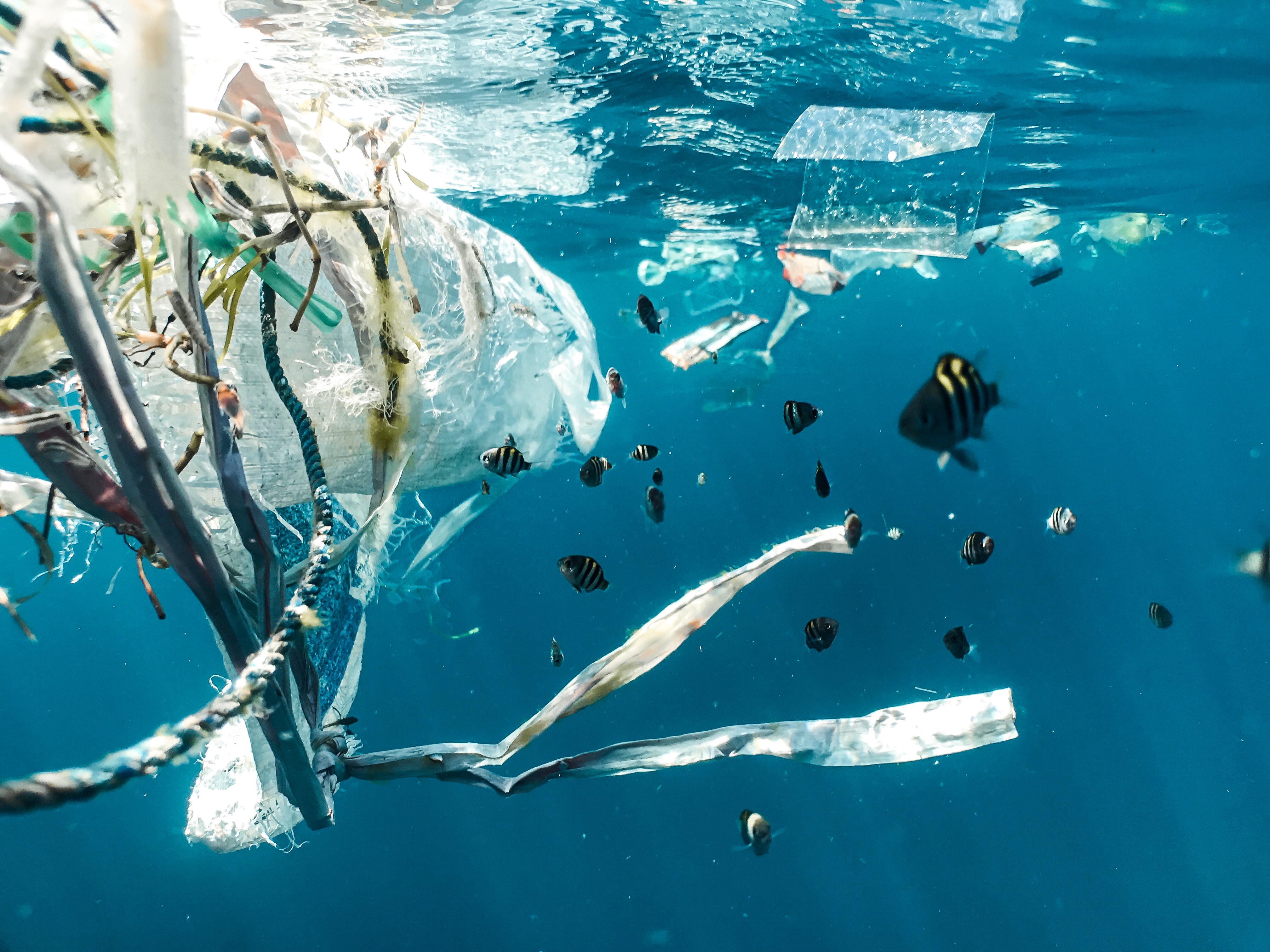The proliferation of single-use plastics has had a significant and detrimental impact on the environment. Plastic waste can be found in every corner of the globe, from the ocean floor to the tops of the highest mountains. It is crucial that we need to be aware of this issue and act on it immediately. In this article, we will explore the impact of single-use plastics on the environment and what can be done to address this issue.
The production of single-use plastics is a major contributor to the pollution of the environment. These plastics are designed to be used once and then disposed of, which means that they are produced in large quantities. Unfortunately, many of these products are not properly disposed of and end up in the environment.
The ramifications of single-use plastics on the environment is significant. Plastics take hundreds of years to degrade, which means that they remain in the environment for a very long time. They can have serious consequences on the natural world, including harming wildlife, polluting waterways, and altering ecosystems.
One of the most significant impacts of single-use plastics is on wildlife. Birds, fish, and other animals often mistake plastic for food. When they consume plastic, it can block their digestive tracts, causing them to starve. Additionally, plastic waste can entangle animals, which can lead to serious injury or death.
Another impact of single-use plastics is on waterways. When plastic waste enters waterways, it can harm aquatic life and pollute water supplies. This is a serious concern, as many communities rely on these water sources for drinking and other essential uses.

Furthermore, single-use plastics can also have an impact on the climate. The production of plastics requires a significant amount of energy, which contributes to greenhouse gas emissions. Additionally, when plastics are incinerated or sent to landfills, they release harmful chemicals and greenhouse gases into the atmosphere.
There are steps that can be taken to address the issue of single-use plastics. One of the most effective solutions is to reduce our reliance on these products. This can be accomplished through the use of reusable alternatives, such as cloth bags, metal straws, and reusable water bottles. Additionally, many businesses are taking steps to reduce their use of single-use plastics by implementing sustainable practices, such as offering compostable packaging and using biodegradable materials.
In conclusion, the impact of single-use plastics on the environment is a pressing issue that requires immediate attention and action. These plastics have significant consequences on the natural world, including harming wildlife, polluting waterways, and altering ecosystems. However, by taking steps to reduce our reliance on single-use plastics, we can make a positive impact on the environment and help to create a more sustainable future.





Add Comment
Comments (0)